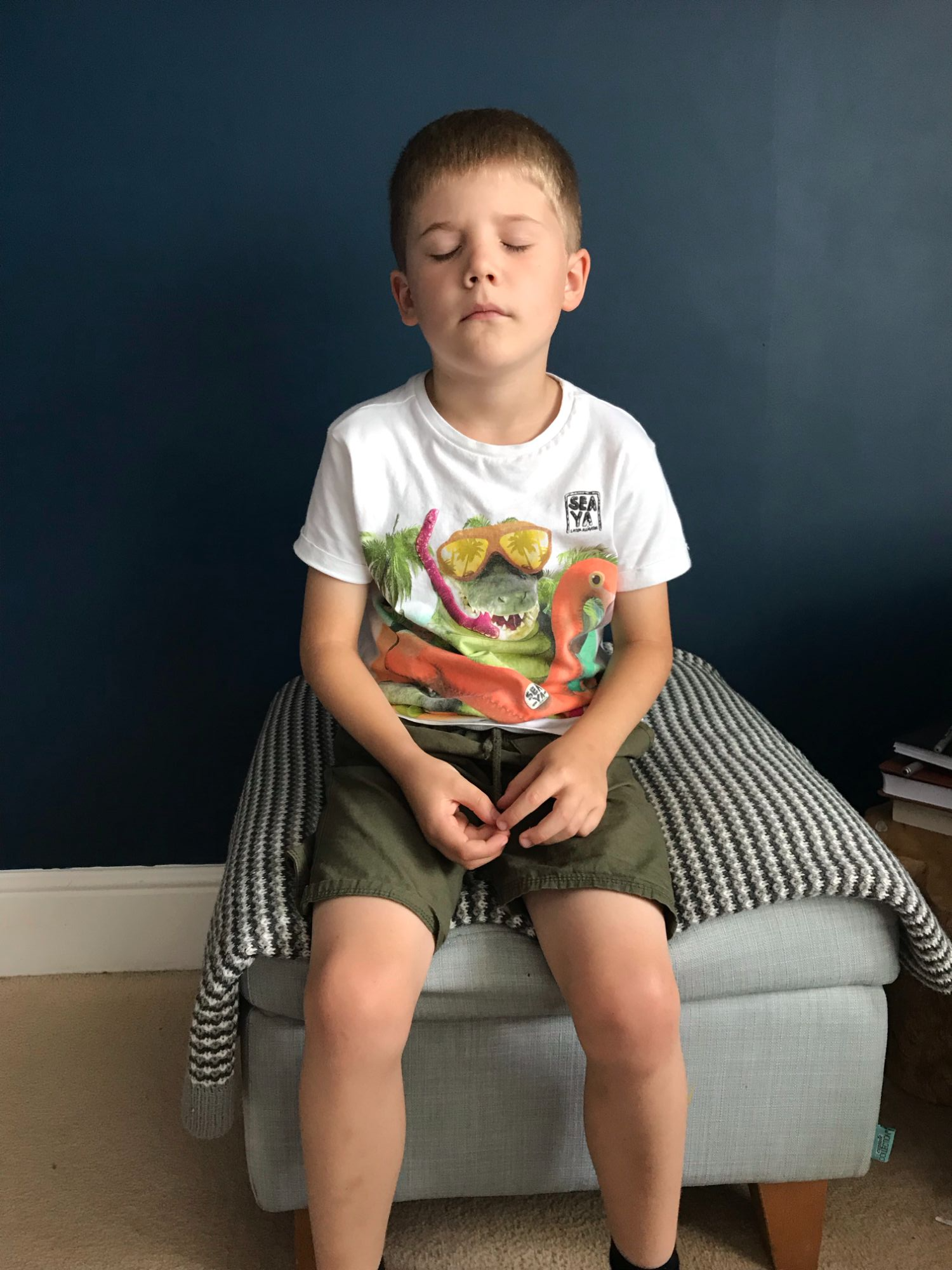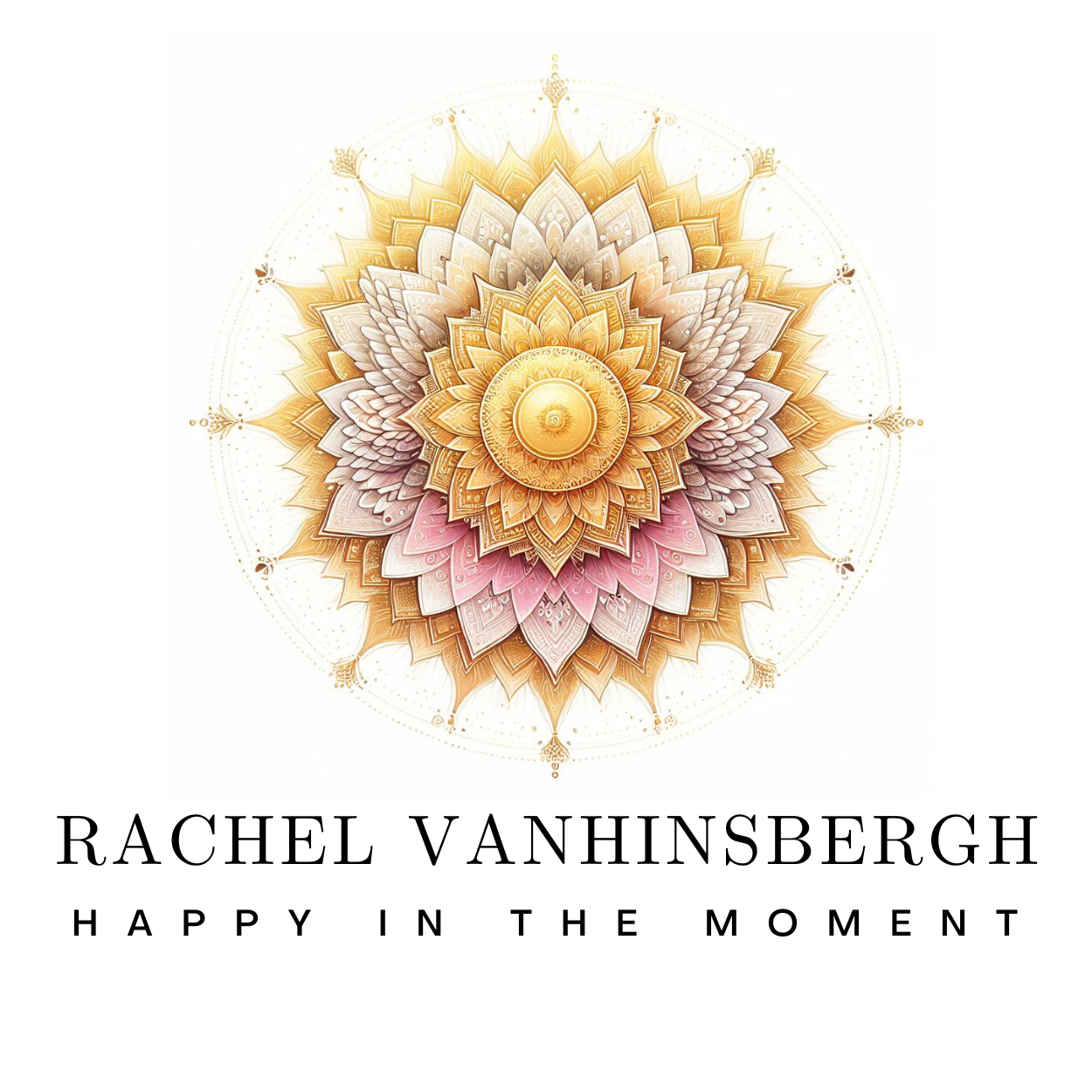How To Mindfully Manage Your Child's Anger

If you have children, you’ll know a thing or two about the extremes of emotion that children feel and display. Even if you don’t have children you’ll no doubt have some appreciation of how they work through these emotions. We’ve all seen the parents struggling in the supermarket with a screaming toddler in tow, and many of us have had to face judgement from others when it’s our child that is screaming the roof off in Tesco’s.
Think back to when you were a young child. All the way back! .... Do you remember what your parents and grandparents used to tell you when you were expressing anger, or frustration? I remember mine would say things like ‘stop being silly’, ‘don’t show me up in public’, or ‘stop being naughty’. Us adults just want the behaviour to stop! But what effect do these comments have on our child? The child learns from a really young age that anger and frustration are silly, embarrassing, bad and naughty. Children take their emotions very personally and seriously, so they believe that they are bad and naughty when these emotions arise, they have probably not learnt that they are not defined by their emotions.


So, this natural inclination that children have to express their emotions starts to erode. A child who learns from adults in society that expressive anger is ‘naughty’ will learn, as they grow older, to suppress and stuff down that anger to please their parents. A child who learns that it is silly and embarrassing to cry in rage will learn to stuff that anger down and hold back the tears. A child who learns that expressive anger is bad, will judge themselves as bad when they feel that emotion and dare to let it out.
Bottled up emotions are not healthy for any mind, body or spirit. Eventually the lid will flip off of that bottle and the anger will start to seep out in the child’s other behaviours. They may become withdrawn or anxious or even unkind to other children. Anger needs to be felt as an experience and worked through in a healthy way in order for our children to be able to let it go. We have to try to neutralise the anger and teach our children not to overreact to it. We must learn to recognise our child’s emotions, how they express them and try not to overreact to them ourselves. Easier said than done hey?!
How Do We Nip Anger In The Bud?
Let’s clear a couple of things up - we don’t nip our child’s anger in the bud by shouting at them to stop. We can’t stop it in its tracks by teaching our children to hit a pillow or a teddy bear to get the rage out. These strategies just reinforce the behaviour and intensifies the amygdala’s response to danger. This response will actually make it harder for your child to release the anger – it fuels the fire. We need to catch the anger at the first stage, before those stress hormones really start flowing.
At the time of writing, my son Tommy is three years old and is prone to bouts of anger. Tommy’s arch-nemesis, his brother Joe, loves to wind him up and Tommy’s rage often peaks at least twice a day. He comes to me, red-faced, wailing loudly and I always say ‘oh, what’s wrong?’ He will explain as best as he can, and words often fail him, but he already knows how to tell me what the emotion is…’I’M ANGRY, I’M SO ANGRY!’ At this point we should try our hardest not to use any of those phrases that make them feel bad about feeling that way, however embarrassed or annoyed we may be feeling.
Teaching our children the words behind the emotion they’re feeling is the first step and then helping them to understand that this feeling is normal is the second step. Acknowledging their emotion- ‘Yes, I understand why you are upset, it doesn’t feel nice does it’- is a good place to start. Let them know you understand. Hold them whilst they feel it, if they will let you. If the anger is mild you can encourage them to take a deep mindful breath at this stage. When anger hits we often tense up but mindful breathing starts to calm the amygdala, dowsing the flames of the fire and rage. This may just do the trick and after a couple of minutes of breathing mindfully, your child may be calm and ready to face life again.

Mindful Breathing Practice for anger
- Ask your child to take a deep breath in and blow out again.
- Explain that you can do some mindful breathing which will help them to feel much calmer
- Ask them to focus on a single object or to close their eyes, whichever you feel they will cope with better at this point in time. I often ask them to take their attention to the end of their nose where they can feel their breath coming into their nose as cool air. Or their ears – children often find it funny to think about how their ears feel! Or I’ll ask them to place a hand on their tummy to feel the movement of air in and out of his belly. This helps them to focus and makes sure they are breathing deeply enough. With older children you can tell them that breathing helps to calm their amygdala, and that they can use their breath to calm them whenever they need to.
- Noises around the house or in the environment may interrupt the peace and distract your child, simply ask them to bring their attention back to their point of focus when their attention wanders. Be calm and soft in your instructions, to ensure they stay calm. Do this for as long as it takes for you to notice that your child has calmed.
- Once the anger has passed, share with your child what it felt like. Talk about mindful breathing and the ways it can be used – when they are upset at their brother or sister or nervous about something. Talk about ways you can try to manage your anger when it arrives, things like listening to music, riding your bike, talking to someone.
Sometimes it is nice to have a toolbox of strategies to help manage anger in other ways. Why not try this mindful anger management practice from ’10 Mindful Minutes’. This traffic signal game is a lovely way to help our children calm down when they’re on the verge of a tantrum.

The Traffic Signal Game
Get some paper and crayons and draw a picture of a three-coloured traffic signal. Or you could show them a picture of a traffic signal or point one out when you’re in the car. Tell them that the three colours represent three different ways they can react if they ever feel angry, sad, or afraid:
Red: Stop and do some mindful breathing.
Yellow: Think about all the different ways to respond.
Green: Try the most mindful response and see what happens.
Ask them to think again about a time when they got really mad about something. Using the Traffic Signal Game, show them how to bring themselves down from a red light to a green light. Tell them that sometimes we get so mad that we can’t even think clearly in the yellow light phase. That’s when they can do things like count to ten, draw, or talk to someone about how they feel. Maybe they could go out on their bike, kick a ball around, or listen to some music. Remind them that bad feelings don’t last forever. And when they’re on the verge of a tantrum, remind them to use the traffic signals to calm down.
Suggest that they hang up the picture of the traffic signal to remind all of you to use it whenever you need to. Agree that everyone in your family will stop and go away to calm down anytime someone says, “Red light.” The signals also work as a warning system. Whenever you feel yourself losing your temper with your children, tell them, “I’m about to get mad. The red light’s going to come on. You’d better stop that before it does.” This way they have a chance to change their behaviour. Keep practicing and incorporating the game into your everyday experience.
Children can easily relate to the traffic signal imagery as part of their everyday experience. This game, adapted from a system created by Roger Weissberg, professor of psychology at Yale University, is a key tool for dealing with difficult emotions. As expert Paul Ekman explains, “The moment we become aware is less than half a second after the emotion begins, not before.” In other words, we’re already in the grip of a strong feeling before we know we are. It’s easy for children to see themselves as victims, saying, “He made me do it” or “It wasn’t my fault” or “She started it.” The Traffic Signal system helps children take responsibility for their choices in response to their feelings.
When we teach our children to think about the red, yellow, and green light stages of anger, it also teaches us parents to stop and think. Applying the imagery to our own anger helps to lengthen the time between impulse and action as soon as we recognize the difficult feelings.
(Hawn, Goldie. 10 Mindful Minutes: Giving our children - and ourselves - the skills to reduce stress and anxiety for healthier, happier lives . Little, Brown Book Group.)
It is best to talk about anger with your child as soon as they are old enough to talk about it. Implement mindful breathing (and meditation) as early as your child can manage it, even if it’s for a few seconds to start with. This way your child has tools in their own tool box way before anger strikes. Try some of these ideas with your own children and let me know how you get on.
NEED MORE PERSONALISED SUPPORT?
Let's chat about spiritual life coaching...

Hi! I'm Rachel and I love exploring ways to make life more peaceful and fulfilling. Thank you for reading my blogs. If you're thinking "what's next?", click on the posts above or tags below and you'll be taken to more blogs. Be sure to subscribe to my newsletter so you don't miss one, and share the blogs with friends who may be in need. Lots of Love 💛

Comments